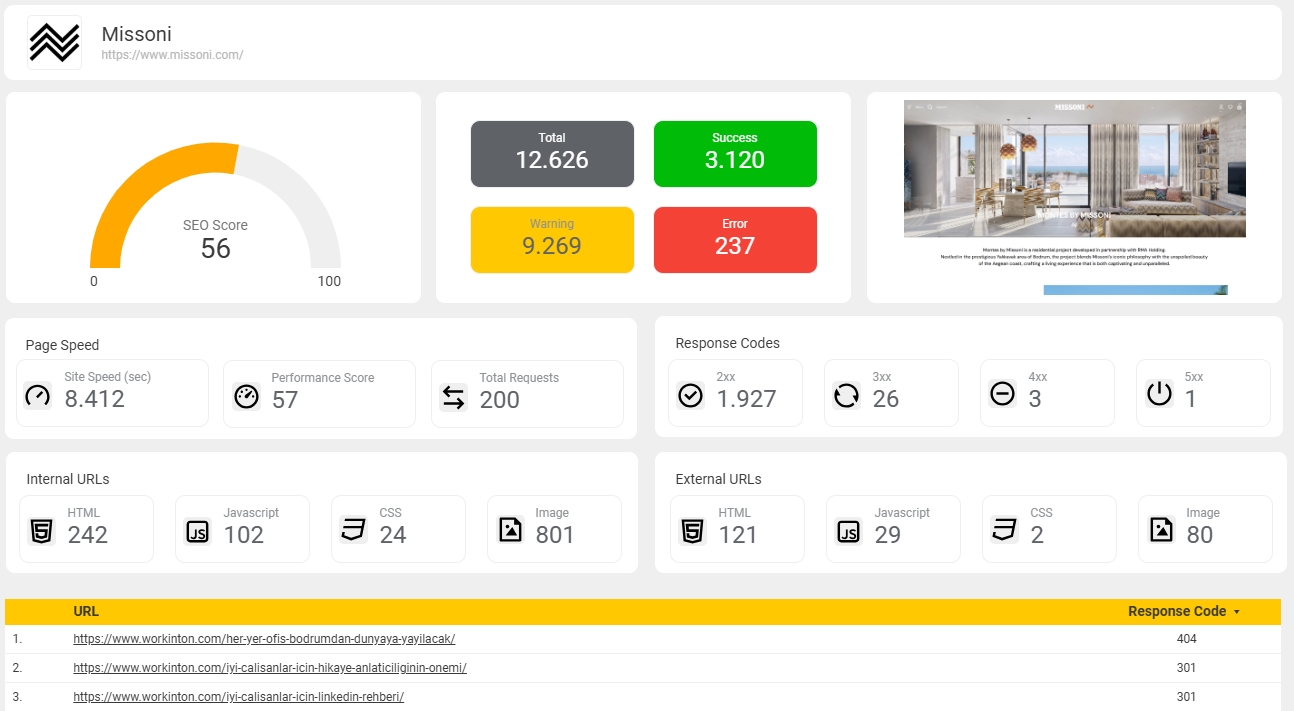Web analysis is the process of collecting, measuring, and interpreting data from your website to understand how visitors behave, how your content performs, and how your goals are being achieved.
By analyzing this data, you can make smarter decisions, improve your site’s effectiveness, and create better user experiences that lead to more traffic, engagement, and conversions.

What is Web Analysis?
Web analysis involves tracking website activity—such as page views, user journeys, bounce rates, and conversions—and turning that raw data into insights. These insights help identify what’s working, what’s not, and where improvements are needed.
It’s not just about traffic numbers. It’s about understanding behavior, measuring results against goals, and using that knowledge to make informed changes.
Why Is Web Analysis Important?
- Improves decision-making – You don’t have to guess what users want or where they’re dropping off. The data shows you.
- Optimizes performance – Find and fix slow pages, broken links, or ineffective content.
- Enhances user experience – Learn how people interact with your site and remove obstacles in their journey.
- Increases ROI – Focus your time and budget on what’s actually delivering results.
- Supports SEO and marketing – Understand which channels are driving traffic, which keywords perform best, and how search visitors behave.
Basically, without web analysis, you’re operating in the dark.

References










Case Studies

+ 468%
organic impressions
+ 376%
sessions – non brand
+ 2.804
word first page

+ 597%
organic impressions
+ 488%
sessions – non brand
+ 4.230
word first page

+ 211%
organic impressions
+ 271%
sessions – non brand
+ 176
word first page

+ 654%
organic impressions
+ 410%
sessions – non brand
+ 4.837
word first page
Testimonials

Raiser completely changed the way we approach SEO and lead generation. What once seemed too complex and technical became manageable thanks to its user-friendly interface and powerful tools. We were able to analyze our site, fix issues, and implement targeted SEO improvements on our own. As a result, not only did our traffic grow, but the quality and quantity of our inbound leads increased significantly.
Rabia K.
Workinton

As an e-commerce brand, we struggled to understand why our website wasn’t performing for SEO. Raiser quickly highlighted key SEO issues and gave us clear, actionable steps. With improved site structure, faster load times, and smarter content optimization, we saw higher rankings, more qualified traffic, and a real boost in sales. Raiser didn’t just fix problems—it gave us the confidence to grow.
Ugur C.
Pazarium

Managing a global corporate website comes with the challenge of addressing different regional needs. Raiser helped us implement location-specific SEO improvements and content strategies that actually made a difference. From identifying regional keyword opportunities to optimizing pages per market, we gained both visibility and relevance in key local search results—without complicating our global structure.
Erdinc D.
Franke Turkiye

Using Raiser SEO solutions, we were able to get our digital marketing operations in order. Understanding clearly what needs to be done for improvement with in-depth analysis and seeing the results of our work with regular, detailed reports helped us immensely in speeding up our website, making it more user-friendly, and getting better rankings in Google.
Hanno A.
Briisk

